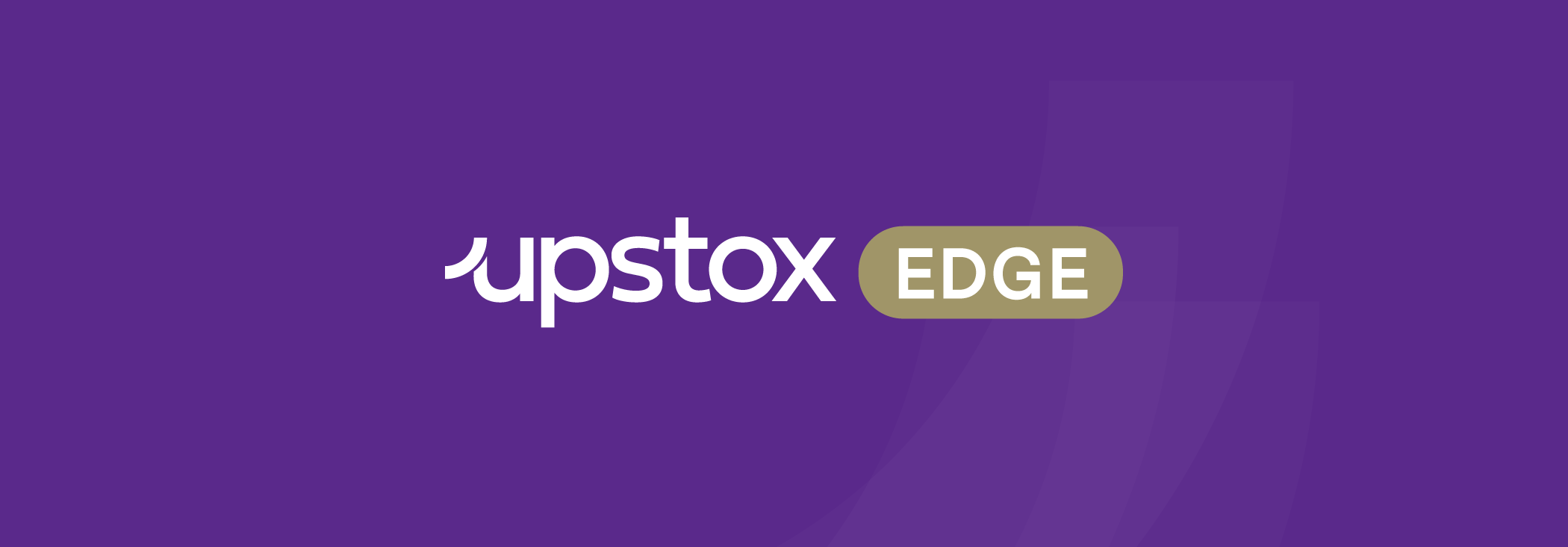A covered call strategy in options works as a hedge for short to medium-term trading. This strategy can be deployed by traders who wish to hold the stock in futures and minimise the risk by selling its call option.
Let’s understand how this strategy works.
Background:
Delta Corp. is engaged in the casino (live, electronic and online) gaming industry in India. Incorporated in 1990 as a textiles and real estate consultancy company and has evolved into diversified segments like Casino gaming, online gaming, Hospitality and Real estate.
For the December quarter, the company has posted robust numbers with a two-fold increase in revenue for the same period last year.
It has seen a more than three-fold increase in profits compared to Q3FY22.
Derivatives Build-up:
After a strong run-up to highs of ₹300 last month, the stock had corrected nearly 8% to ₹247 levels. The stock has now bounced back to ₹290 levels.
The January options data of Delta Corp shows a significant open interest base for call options at 300 strike, which is nearly 3% higher than the current price of ₹290, suggesting that the stock might face resistance at that price
The lot size in the F&O contract is 2,300 shares per lot.
Action:
Traders who are willing to take a neutral to moderately bullish position tend to initiate a covered call strategy that combines both futures and options positions.
For instance, if you buy 1 lot of the January futures expiry at the price of ₹290 then one can sell 1 lot of 300 call option (OTM call) of the January expiry at a premium of ₹4.
Now, on expiry, if the stock moves higher and closes at, say ₹300 levels, the trader will make a total profit of ₹32,200 (Profit on Long Futures: (10 * 2,300 = ₹23,000) + Profit on Short Call Options: (4 * 2,300 = ₹9,200).
However, at the price of ₹304, the profit is capped at ₹32,200 because above this rate every one rupee profit in long futures position will be offset by a one rupee loss in short call option position.
But in case the stock goes down, say to ₹286 levels, the trader will not incur loss because even though the futures position will incur loss but the call option position will cover that loss. This is the break-even point for the strategy.
Below ₹286, the trader will incur a loss on the Futures position but it will still be ₹4 less than what they would have incurred had they not sold the call option.
In fact, even if the stock expires at the futures buying price of ₹290 one will still make a profit of ₹9,200 (4 * 2,300) on the short call position.
To know the margin required to execute this strategy, you can click on this link: https://upstox.com/calculator/span-calculator/
We hope this strategy was simple and easy to understand. You can try spotting it on the option chain and see if you are able to identify levels.
We’ll be coming with a lot of strategies which will help you to identify trade setups easily.
Until then, happy trading!



